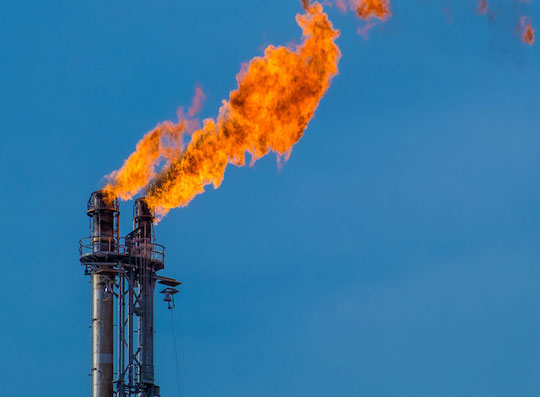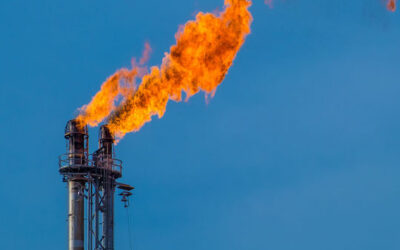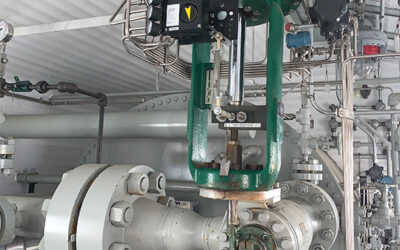Introduction
The oil and gas industry is crucial for meeting the world’s energy demands, but it also generates large volumes of wastewater as a by-product. Water is an essential component in the extraction process, and it often becomes contaminated with various pollutants during production. The responsible management of this wastewater is critical to protect the environment and public health. This article explores the treatment and disposal methods employed by the oil and gas industry to handle produced water.
Produced Water: A By-Product of Oil and Gas Production
Produced water is the term used for water that emerges from the oil or gas reservoir during production. It is often present in much larger quantities than the hydrocarbons themselves. This water originates from natural formations and mixes with chemicals and substances used during drilling and production, making it highly saline and potentially contaminated with hydrocarbons, heavy metals, and other harmful elements.
Challenges in Handling Produced Water
The management of produced water poses significant challenges for the oil and gas industry. The large volumes generated and the varying composition of contaminants make it essential to implement effective treatment and disposal strategies to minimize environmental impact. Failure to do so can result in severe ecological consequences, such as soil and water contamination, harming aquatic life, and affecting human health.
Treatment Processes
To ensure compliance with environmental regulations and industry standards, the oil and gas industry employs several treatment processes to treat produced water before disposal. These treatment methods aim to remove or reduce contaminants and make the water safe for either discharge or reuse.
Separation: The first step is to separate oil, gas, and solid particles from the produced water. This process can involve gravity settling, mechanical separation, or the use of hydrocyclones to achieve clean separation.
Chemical Treatment: Produced water may undergo chemical treatments such as flocculation and coagulation to aggregate and remove smaller suspended particles. Chemical agents help in removing emulsified oil, heavy metals, and other dissolved contaminants.
Filtration: Filtration methods like sand filters, activated carbon filters, and membrane filtration are used to remove finer particles, residual oil, and dissolved contaminants. Filtration helps in achieving higher water quality.
Disposal Methods
Once the produced water has been treated, the oil and gas industry must decide on an appropriate disposal method based on the treated water’s quality and local regulations. Several common disposal methods are as follows:
Surface Discharge: If the produced water meets specific quality standards, it can be discharged into surface water bodies like rivers or seas. However, strict environmental regulations govern such discharges to protect ecosystems.
Injection Wells: Injection wells are deep underground wells designed to safely inject treated produced water into geological formations, such as depleted oil reservoirs or deep saline aquifers. This method isolates the wastewater from surface ecosystems.
Evaporation Ponds: In some regions with arid climates, evaporation ponds are used to allow the produced water to evaporate, leaving behind concentrated salts and residues for proper disposal.
Water Reuse: Treated produced water can be reused in certain oil and gas operations, such as hydraulic fracturing, reducing the demand for freshwater resources.
Conclusion
The treatment and disposal of water as a by-product of oil and gas production are critical aspects of responsible environmental stewardship. The oil and gas industry continues to invest in research and technologies to improve treatment processes, reduce the environmental impact, and increase water reuse rates. By implementing effective treatment methods and adopting appropriate disposal techniques, the industry can work towards achieving sustainable energy production while safeguarding precious water resources and preserving the environment for future generations.



